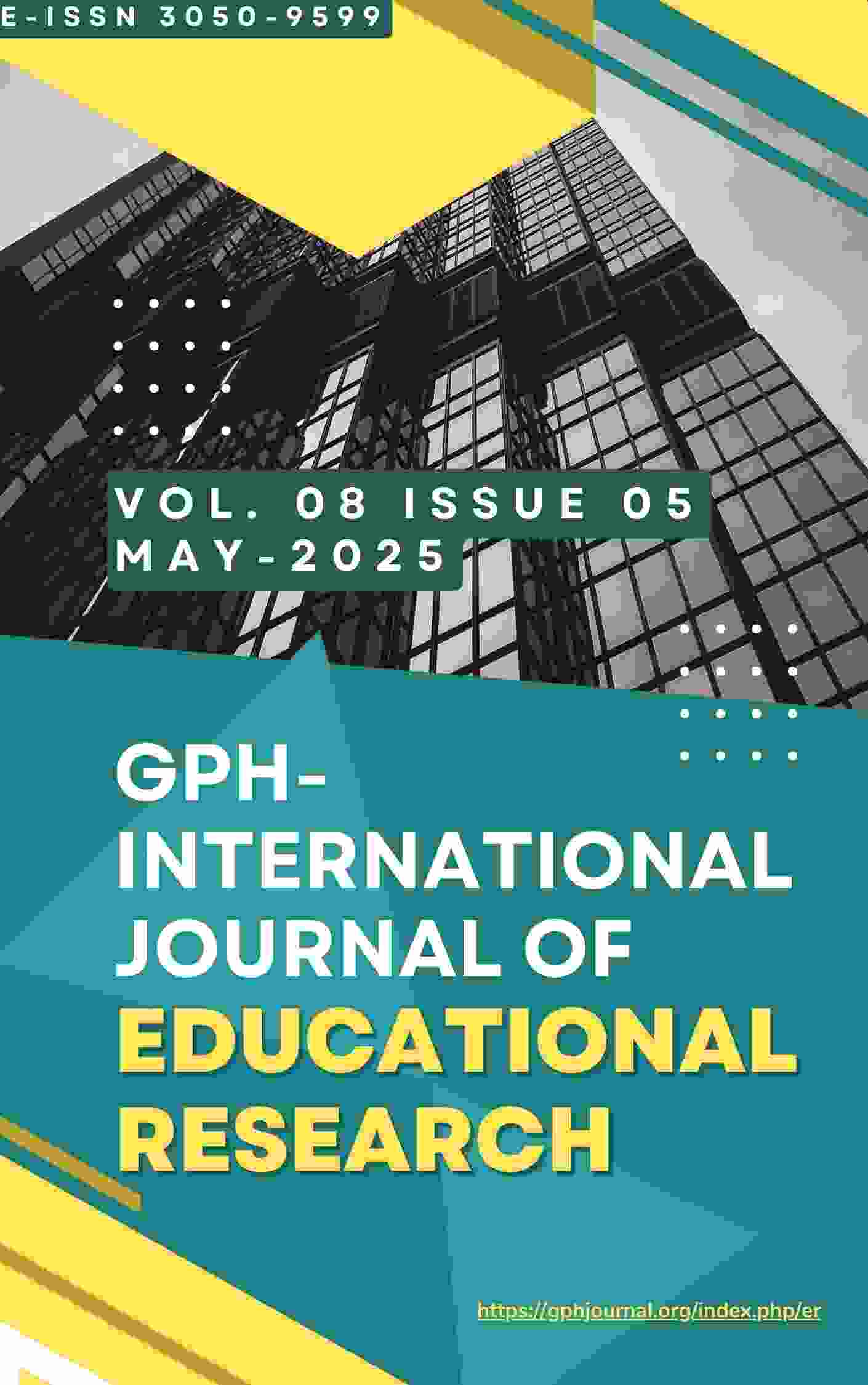VISION FOR 2030: ADVANCING GLOBAL EYE HEALTH THROUGH WHO’S PEOPLE-CENTERED TARGETS
Abstract
Eye health is an essential aspect of global public health, closely linked to individual well-being, productivity, and social inclusion. Cataract and uncorrected refractive errors remain the leading causes of vision impairment worldwide, contributing considerably to avoidable blindness and disability. Effective cataract surgical coverage (eCSC) and effective refractive error coverage (eREC) are emerging as critical indicators for assessing the quality and accessibility of eye care services. These indicators not only measure service delivery but also emphasize the importance of achieving good visual outcomes, reflecting both coverage and quality of care. This review synthesizes current evidence on the global burden of cataract and refractive errors, highlighting the significant variations in eCSC and eREC across countries and demographic groups. Data reveal persistent inequities, with rural populations, women, indigenous peoples, and ethnic minorities often experiencing lower coverage and poorer outcomes. Furthermore, projections suggest that the rising aging population will increase the absolute number of individuals requiring cataract surgery and refractive error correction, intensifying the need for scaled-up interventions. Cost-effectiveness analyses confirm that cataract surgery and refractive error correction are among the most feasible and economical health interventions, capable of reducing disability-adjusted life years (DALYs) and minimizing global productivity losses. Integrating eye care into Universal Health Coverage (UHC) frameworks and aligning efforts with Sustainable Development Goals (SDGs) are essential to ensuring equitable access and sustainable financing for eye health services. The Secretariat’s forthcoming steps include finalizing baseline estimates for eCSC and eREC, developing practical monitoring frameworks, fostering funding dialogues, and supporting countries in implementation planning. These initiatives aim to enhance global eye care quality, coverage, and equity, ultimately reducing avoidable vision impairment and improving quality of life worldwide.
Downloads
References
Baltussen, R., Sylla, M., & Mariotti, S. P. (2004). Cost-effectiveness analysis of cataract surgery: A global and regional analysis. Bulletin of the World Health Organization, 82(5), 338–345.
Flaxman, S. R., Bourne, R. R. A., Resnikoff, S., Ackland, P., Braithwaite, T., Cicinelli, M. V., et al. (2017). Global causes of blindness and distance vision impairment 1990–2020: A systematic review and meta-analysis. The Lancet Global Health, 5(12), e1221–e1234.
Fricke, T. R., Tahhan, N., Resnikoff, S., Papas, E., Burnett, A., Ho, S. M., et al. (2018). Global prevalence of presbyopia and vision impairment from uncorrected presbyopia: Systematic review, meta-analysis, and modelling. Ophthalmology, 125(10), 1492–1499.
Horton, S., Gelband, H., Jamison, D., et al. (2017). Ranking 93 health interventions for low- and middle-income countries by cost-effectiveness. PLoS One, 12, e0182951.
Keel, S., Xie, J., Foreman, J., Taylor, H. R., & Dirani, M. (2018). Population based assessment of visual acuity outcomes following cataract surgery in Australia: The National Eye Health Survey. British Journal of Ophthalmology.
Naidoo, K. S., Fricke, T. R., Frick, K. D., Jong, M., Naduvilath, T. J., Resnikoff, S., et al. (2019). Potential lost productivity resulting from the global burden of myopia: Systematic review, meta-analysis, and modeling. Ophthalmology, 126(3), 338–346.
Ramke, J., Gilbert, C. E., Lee, A. C., Ackland, P., Limburg, H., & Foster, A. (2017). Effective cataract surgical coverage: An indicator for measuring quality-of-care in the context of Universal Health Coverage. PLoS One, 12(3), e0172342.
Author(s) and co-author(s) jointly and severally represent and warrant that the Article is original with the author(s) and does not infringe any copyright or violate any other right of any third parties, and that the Article has not been published elsewhere. Author(s) agree to the terms that the Global Publication House will have the full right to remove the published article on any misconduct found in the published article.























